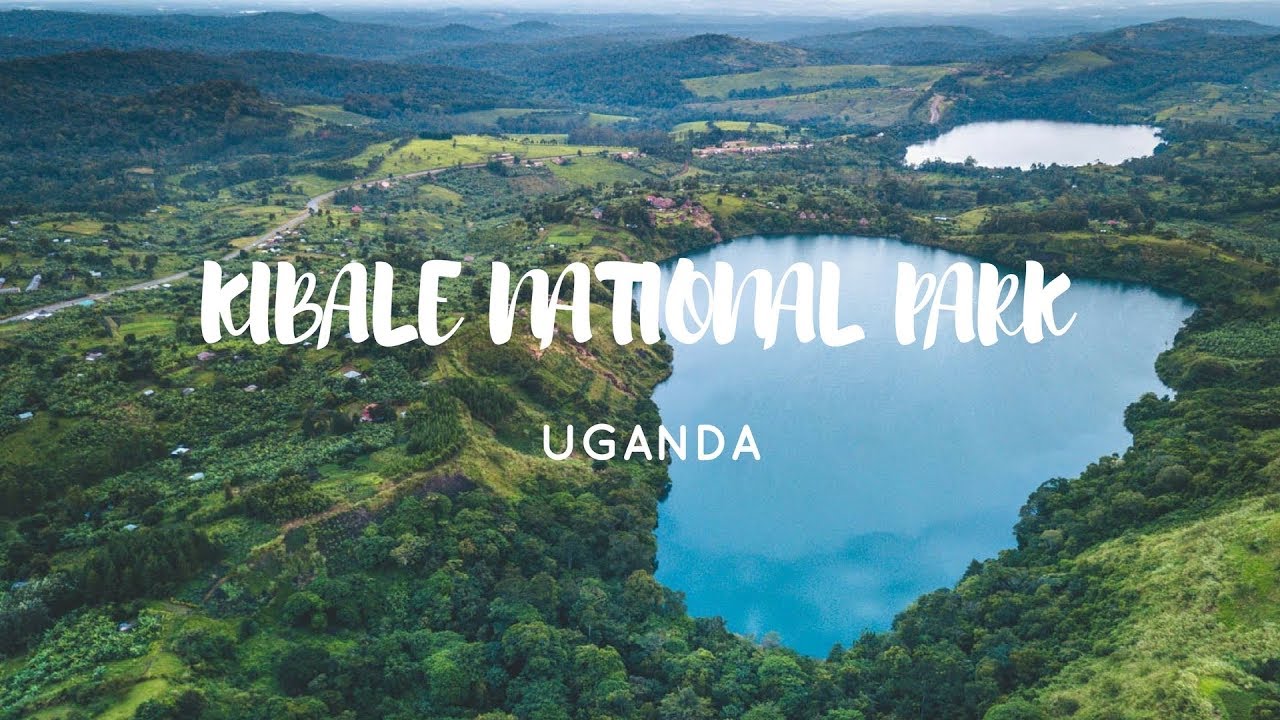
Kibale National Park is a tropical rainforest that features wetlands, valleys, and hills, which host the highest number of chimpanzees in Uganda. Kibale National Park is located to the southeast of Fort Portal City, Kamwenge district, in western Uganda. The lush, deep cover’s superb greenery is worth breath-taking.
Kibale Forest fully became Kibale National Park in 1993 and is currently under the management of the Uganda Wildlife Authority (UWA). It’s known for accommodating the highest number of primate species in the world, being called the world’s primate capital, and majorly hosting the highest number of chimpanzees.
Kibale National Park is the most primate-rich national park in Africa, both in terms of total and species diversity. There are around 1500 chimpanzees, roughly 13 primate species, which include the L’hoest’s monkey, the endangered Procolobus tephrosceles, the Ugandan mangabey, Lophocebus ugandae, the Ugandan red colobus, and the Ugandan red colobus.
Other species hosted at the park include blue and red duikers, bushbucks, sitatungas, bush pigs, gigantic forest hogs, warthogs, African buffalo, and forest elephants, which are occasionally spotted there. Predators can also be found in Kibale National Park, including serval cats, leopards, and African golden cats. Mongooses and two different otter species are also present.
Things to do at Kibale National Park
Tracking chimpanzees
The major focus of any tour to Kibale is to see the chimpanzees; the opportunity is that the apes are habituated. It’s a guarantee to track chimpanzees at Kibale National Park that one will have a glimpse of the species. There are two tracking sessions a day: the morning session starting at 8 a.m. and the afternoon session starting at 2 p.m.
The tracking starts with a briefing by the chief ranger guide to learn about the various creatures in the park as well as your expectations while in the forest. Your track can last for about 30 minutes to 3 hours, and with them at your scene, you have an hour with them. You have to be well prepared for a jungle walk; a rainponcho, binoculars, a camera, insect repellent, suitable waterproof boots, and long-sleeved clothing are additional items.
Primates walk (tracking monkeys).
With about 13 primate species, this is the largest number of primate species located in the same forest. And this resulted in the term ‘the world’s prime capital’. Primate/monkey tracking is done at the Bigodi Wetland Sanctuary, and a track costs $40. The wetland is only 6 kilometers from the Kanyacu Park headquarters. The chance of seeing chimpanzees on the primate walk is slim, but there is a greater opportunity to see some of the forest’s resident wildlife.
Chimpanzee Habituation
The custom of letting the chimpanzees become familiar with the human presence. The apes are shy and tend to shy away when people are seen. The two-year monitoring exercise is taken every morning, and visitors participate in the CHEX (Chimpanzee Habituation Experience). It’s aimed at observing the chimpanzees leaving their nighttime nests before they begin their daily activities, which include feeding, hunting, copulating, breastfeeding, patrolling, and relaxing. The chimps become accustomed to people as the practice is done over time, and that family is listed among those who may be followed.
Bird watching
The tropical forest and the Bigodi wetlands are birders paradise, with more than 350 bird species. The park has well-trained, knowledgeable ranger guides, and some are experienced with birding exercise. The park is home to many birds, including endemics to the Albertine Rift. The Green-Breasted Pitta should be the main target of any birder’s early search in Kibale Forest. One more species is the gray-throated flycatcher. Black-billed Turaco, White-naped Pigeon, Red-chested Flufftail, Crested Flycatcher, Yellow-spotted Barbet, Grey-winged Robin, and a great deal more, including White-bellied Apalis, Masked Apalis, Nahan’s Francolin, and Tiny Sunbird.
Nature Walks
There are multiple walking pathways in Kibale Forest that lead to different encounters. The natural surroundings of Kibale provide a fantastic, satisfying, and magnificent experience. Tracks created directly from the Bigodi wetlands, Makerere Institute side, and Kanyachu are particularly gratifying in a variety of ways. These are excellent for academics, and they will help tourists choose where to go on their nature walks based on the kinds of encounters they might need. You can encounter a variety of creatures on nature excursions, including butterflies, flowers, birds, animals, monkeys, and, fortunately, chimpanzees.
